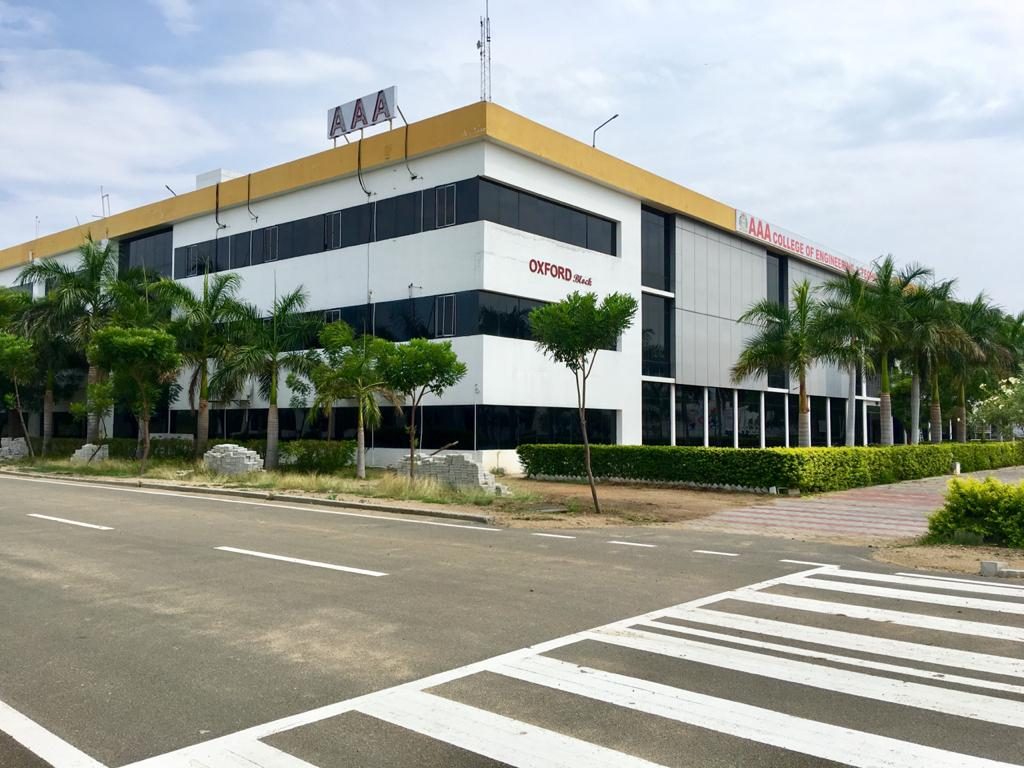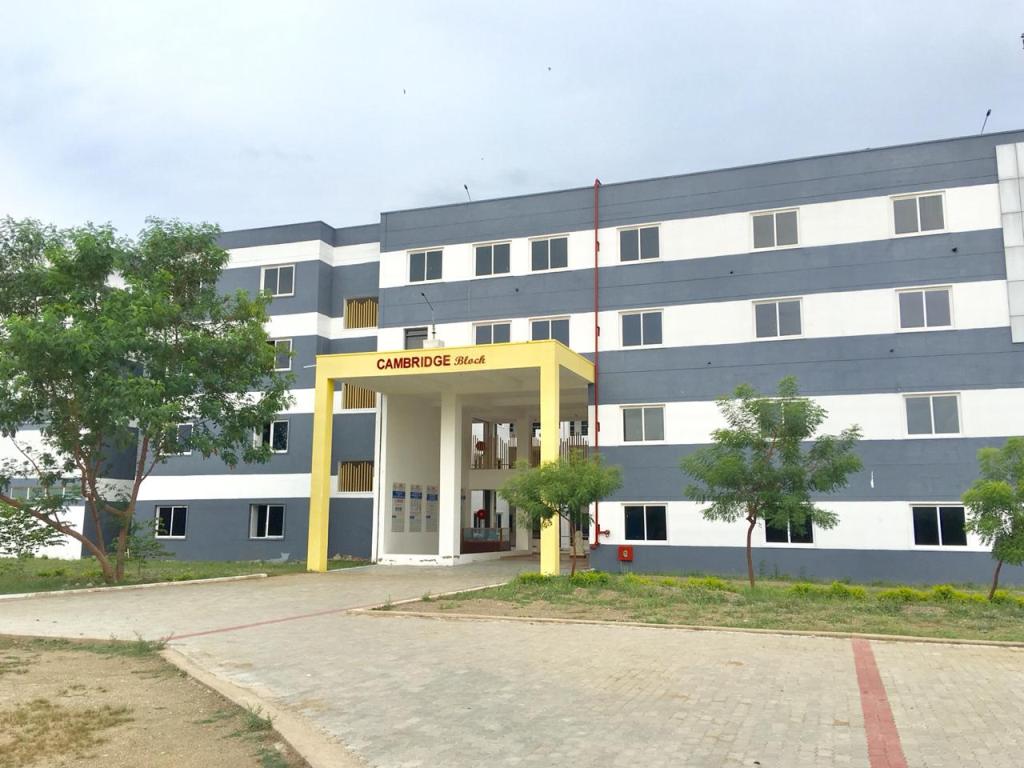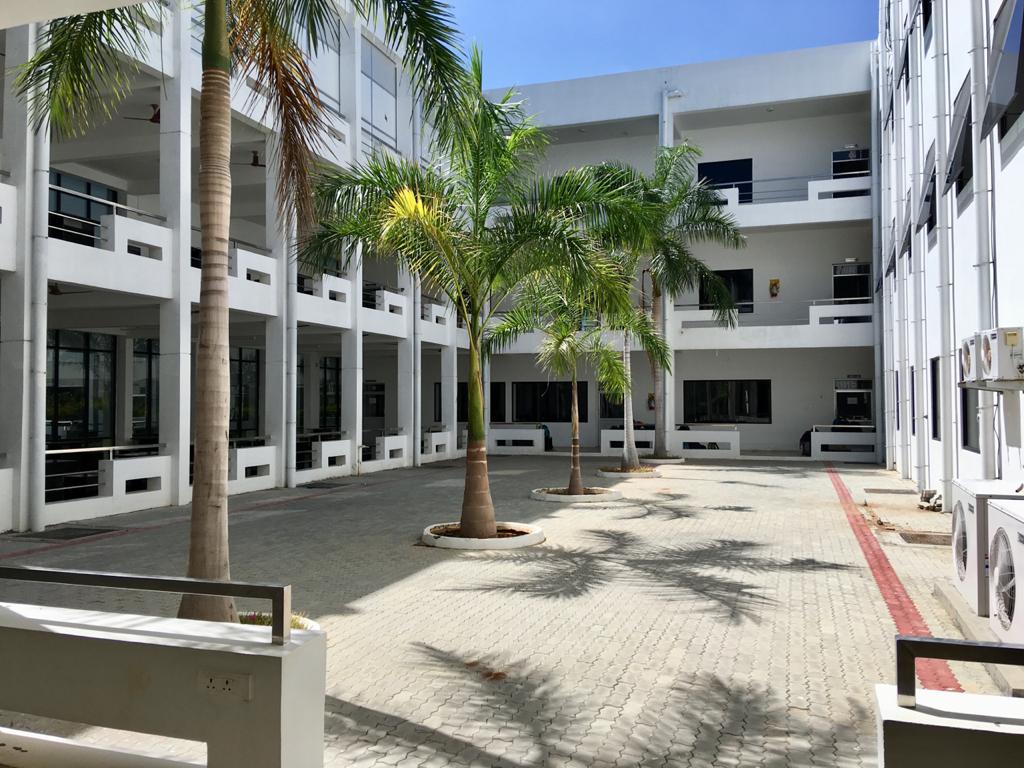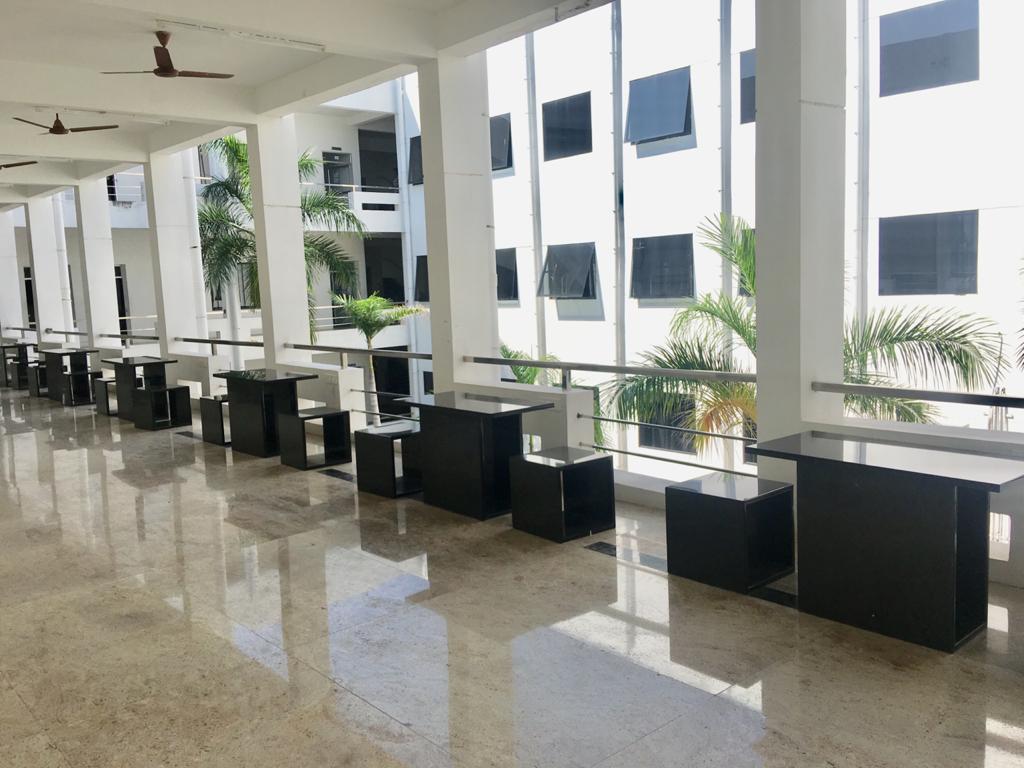| Name of the Lab | Power System Simulation Laboratory |
|---|---|
| Year of Establishment | 2014 |
| Venue | Cambridge Block |
| Room No. | 2234 |
| Area | 62.70 Sq.m |
| Faculty In-charge | Dr. M. Ramuvel, Associate Professor/EEE |
| Lab Technician | Mr.S.Rajkumar |
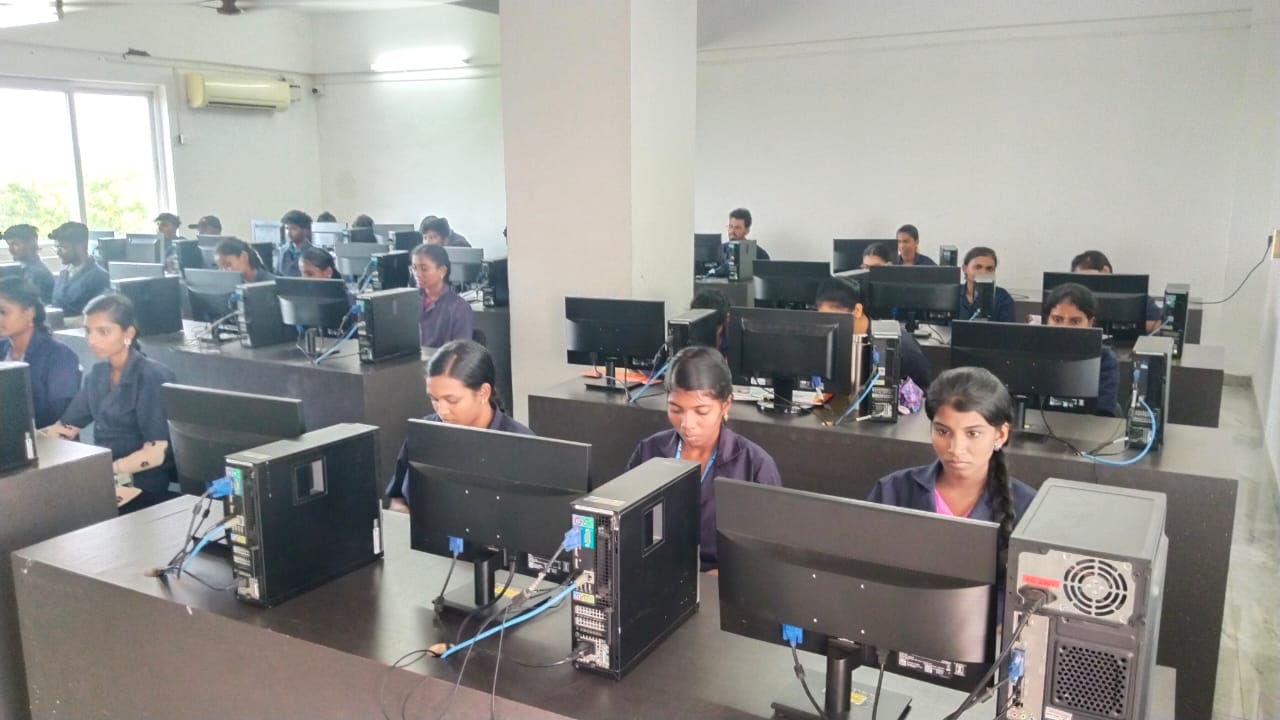
Lab courses Handled in the Lab:
Course Code | Course Name | Year & Sem |
CS3362 | C Programming and Data Structures Laboratory | II&III |
EE3512 | Control and Instrumentation Laboratory | III&V |
EE3009 | Special Electrical Laboratory | III&V |
EE3014 | Power Electronics for Renewable Energy Systems | III&V |
EE3012 | Electrical Drives Laboratory | III&VI |
EE3011 | Multilevel Power Converters Laboratory | III&VI |
EE3611 | Power System Laboratory | III&VI |
OCS351 | Artificial Intelligence and Machine Learning Fundamentals | IV/VII |
EE3811 | Project Work | IV&VIII |
Power system simulation laboratory aims to create knowledge about concepts related to power system analysis through digital simulation. The students can able to simulate the studies like, load flow analysis, fault analysis, stability analysis and economic dispatch in “Power World Simulator”. This laboratory is encouraging the students by providing power system planning and operational studies.
EQUIPMENT DETAILS
S.No. | Name of the Equipment | Quantity |
1 | Intel Core i5 Computers (Process –i5, Hard Disk-500GB, RAM-8GB) | 33 |
2 | Epson DOT matrix printer | 01 |
3 | Cannon Laser Printer | 01 |
SOFTWARE DETAILS
Sl.No | Name of the Software | Description |
1 | Power World Simulator Software | VERSION 19 MSI |
2 | MATLAB | R2024 |
3 | Lab View | M85X55401 |
4 | PSPICE | OPEN SOURCE |
5 | JAVA JDK 1.8.0 VERSION | OPEN SOURCE |
6 | CODE Block IDE | OPEN SOURCE |
Power Backup Facilities
CONSUL Uninterruptible Power System (UPS)-10 KVA with 40 minutes Backup.
The Department of Electrical and Electronics Engineering (EEE) has well established Power System Simulation Laboratory. The Lab offer Power World Simulator and MATLAB software plays a vital role in both academic instruction and practical training. Power World Simulator is primarily used for visualizing and analysing power system operations, enabling students to perform load flow studies, fault analysis, and stability simulations using interactive, graphical one-line diagrams.
Students use MATLAB to design and simulate controllers, analyze signals, model power electronic circuits, and perform complex numerical computations. Both tools are integrated into the curriculum through laboratory courses, project work, and research activities, preparing students with the simulation and analytical skills necessary for modern engineering challenges. These platforms also support innovation and experimentation in final-year projects, helping students visualize real-world systems and test solutions in a virtual environment before real-time implementation.

